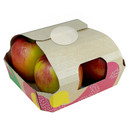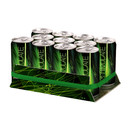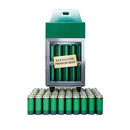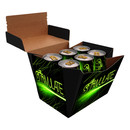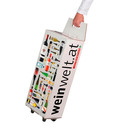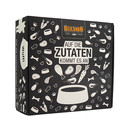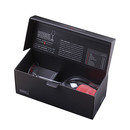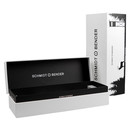Transit Packaging
All types of transit packaging – call them shipping boxes, outer cartons, transport outers or anything else – are generally made of cardboard and corrugated board and designed so that goods reach the recipient undamaged. The structural design of transit packaging is primarily determined by product protection, but is also influenced by size and logistical efficiencies. STI Group has a constantly evolving portfolio of intelligently designed transit packaging.
For products purchased online, the unboxing experience is crucial and the shipping box is often the consumer’s first touchpoint with the product. For most consumers, the branded product and its outer packaging represent one unit; the marketing power of transit packaging should never be underestimated. Alongside premium sales packaging, transit packaging plays a key part in the unboxing ritual and in shaping the consumer’s overall brand experience. Special inlays, inside print, and other creative shipping box ideas can really enhance the perception of a product or brand. That’s not to say shipping cartons are only important for online retail; they are also the mainstay of B2B commerce. Whether used to carry spare parts, accessories or ingredients for wholesalers, many industries would come to a grinding halt without transit packaging. The same applies to the order picking process; products bulk-delivered to distribution centres will continue their journey in shipping boxes specially designed for them.





